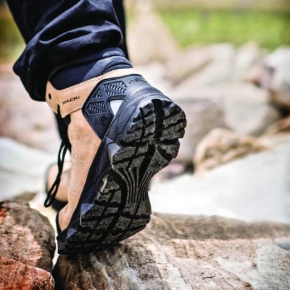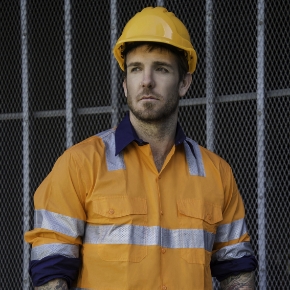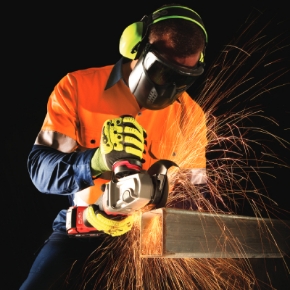
Originally published by the Australian Institute of Health & Safety
WorkSafe Tasmania recently issued a safety alert following an incident in which a worker was seriously injured when an excavator reversed over him as he was raking blue metal at a roadworks construction site.
As a result, the worker suffered fractured ankles, cracked fibula, compound fracture of femur and fractured pelvis, and subsequently required multiple blood transfusions and suffers PTSD as a result of the incident.
The alert said there were a number of contributing factors to the incident:
- the excavator was fitted with a working audible alarm and flashing amber light on the roof of the cab to warn people in the vicinity when the machine was moving or reversing
- the excavator was fitted with a vision camera and side mirrors to provide visibility to the rear of the excavator; however, the camera and mirrors were obscured by the sun, hindering the excavator operator’s vision at the time of the incident
- instead of slewing (turning) the machine to gain visibility in the direction of travel, the excavator operator chose to reverse the machine, to avoid slewing the machine near an open public road
- a safe work method statement (SWMS) was in place for the project, which identified a number of control measures to eliminate or minimise the risk of the excavator colliding with workers, including a risk register which required exclusion zones to be in place, high visibility clothing, competent operators, and eye contact with the machine operator when approaching the machine and work area
- both workers had signed onto the SWMS and the excavator operator had signed onto the risk register
- following the incident, drugs were found to be in the excavator operator’s system, which may have influenced his decision-making on the day
There are significant risks associated with high-risk work involving mobile plant near pedestrians, and to reduce or remove the risk of mobile plant colliding with pedestrians or other powered plant, the alert said to:
- ensure that a SWMS is in place for construction work that is on or adjacent to a road
- ensure excavator operators and other workers involved in the high-risk work are aware of the SWMS and what control measures are in place to reduce or remove the risk associated with the work
- ensure there is traffic management in place around the use of mobile plant, such as traffic cones and signage, to divert traffic away from the roadworksc
- ensure that all relevant information, training, instruction and supervision is provided before work begins
- consider operational exclusion zones by using physical barriers such as fencing, para-webbing or water filled barriers to prevent workers or plant gaining access to designated area.
- ensure plant operators and ground workers are familiar with the blind spots of the plant being used
- never reverse mobile plant without having a clear line of site behind you
- ensure the mobile plant is fitted with a warning device to warn people in the vicinity of the risk
- turn the revs down when tracking so the excavator doesn’t move so fast
- never operate mobile plant while under the influence of drugs and/or alcohol.












































































